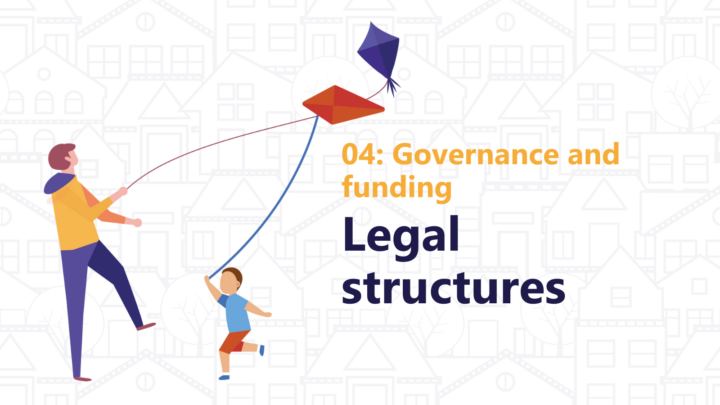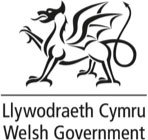Legal structures

Advantages and disadvantages of different legal structures for CLH groups
Legal structure
Company limited by guarantee - A company limited by guarantee does not have any shares or shareholders but is owned by guarantors who agree to pay a set amount of money towards company debts
Community Interest Company - This legal form is specifically designed for organisations wishing to further social objectives as a social enterprise and use their profits for the public good
Co-operative society - Defined as organisations which meet principles set out by the International Co-operative Alliance and are for member benefit
Community benefit society - The conduct of a community benefit society’s business must be entirely for the benefit of the community
Advantages
Flexible, amendable; Understood by funders; Easy and cheap to set up and run; Can also have charitable status
Asset lock; Easy to set up; Access to funding; Open membership
Flat structure – democratic; Non-profit; Closed membership; Assets are used for the benefit of members
Non-profit; Open membership; Asset lock; Can raise community shares; Can apply for charitable status
Disadvantages
Democratic principles not a standard; Hard to access funding; No asset lock, unless charitable
Regulated by two regulators; Have to satisfy an annual community interest test; Cannot raise community shares
More expensive to set up; Ongoing administration; Closed membership
More expensive to set up; Ongoing administration; Open membership
Legal add-ons
Two additional legal statuses a group might wish to access are below. These might be sought to achieve additional funding or/and public recognition.
Charity status
An organisation has to pass two tests in order to qualify for charitable status:
- It has to have a charitable purpose (housing is not one, but the relief of people in need is)
- It has to exist for public benefit
Community land trust status
This is established for the express purpose of furthering the social, economic and environmental interests of a local community by acquiring and managing land and other assets in order to:
- Provide a benefit to the local community
- Ensure that the assets aren’t sold or developed except in a manner which the trust’s members think benefits the local community
It is established under arrangements which are expressly designed to ensure that:
- Any profits will be used to benefit the local community
- Membership is open to the community
- The members control it
Further information on legal structures is available here.











